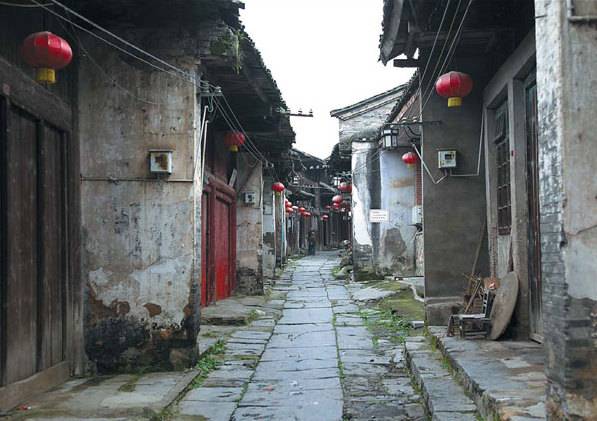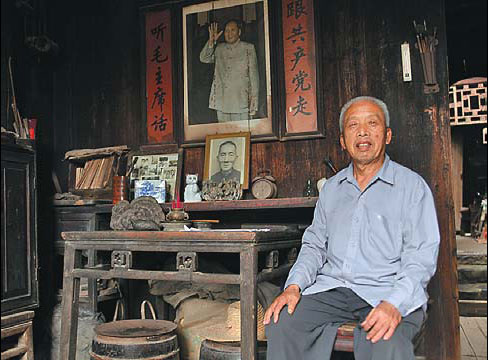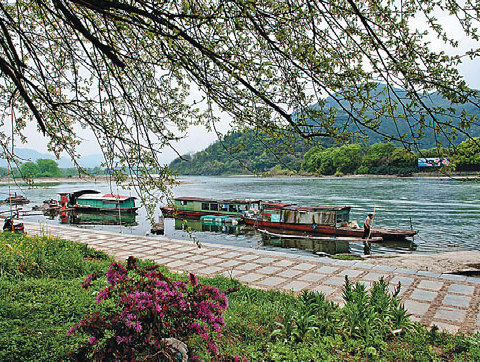The land that time recalls
Updated: 2013-09-05 07:24
By Li Yang (China Daily)
|
||||||||
Daxu bazaar has seen better days. It used to be a major trading center on the Lijiang River waterway. Li Yang reports in Guilin of Guangxi that it is making somewhat of a tourist revival.
Daxu bazaar prospered for 1,000 years as part of the Lijiang River waterway, but today all that remains are memories and some wood buildings, bridges and wharves. Located on the north bank of Lijiang River in Lingchuan county, Guilin, the Guangxi Zhuang autonomous region, local businessmen there have capitalized on Daxu's colorful past, which has become a popular tourist attraction in recent years. The bazaar is a 2.5-km-long and 4-meter-wide street built in the early Song Dynasty (960-1279). The government established a taxation bureau in Daxu in the late Song, and up until the 1940s most of its 15,000 residents were businessmen.
They sold ginkgo, sesame, chestnut, tung oil, pearl barley, garlic bolts, bamboo shoots, dried fish from Hunan, Jiangxi and Guangdong provinces, and transported kerosene, matches, cloth and other products to inner China.
There were 13 stone wharfs, among which five still function today and are connected with the main street by five narrow streets.
|
Daxu bazaar is a far cry from its glory days, with the decline of the waterway transportation and trade along the Lijiang River affecting the once bustling center. Huo Yan / China Daily |
The wooden houses of Daxu are unique. For example, the 70-something Zhou Changfu's house used to be a storehouse and was built on stone bases with fir wood and tiles, "without a single nail".
The first room, of about 15 square meters, opens onto the street and on the side of the storefront are three removable planks.
"My grandfather removed the planks at 6 am and closed them at about 8 pm," Zhou says. "There were all kinds of goods related to the kitchen sold in the first room, such as rice, brown sugar, salt, liquors, tobacco, ginkgo, peppers, star anise, soy sauce, vinegar I can recall the mixed smells of the room even now."
A basement stored fruits, vegetables, liquors, vinegar and soy sauce, while a staircase leading to a large attic stored many other goods. On the corridor wall is Zhou's collection of beam scales, bamboo baskets, abacuses and an official's cap from the Qing Dynasty (1644-1911).
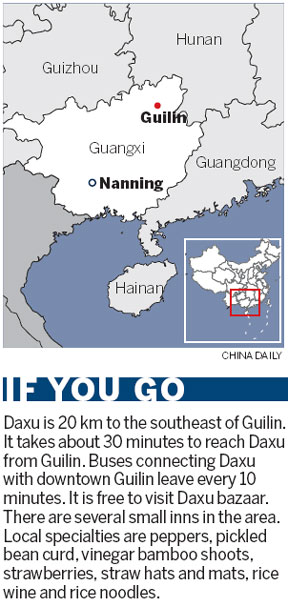
A bedroom has one window and a door that opens into the corridor, while a large central room contains ancestral tablets and photos on a table. The restroom and kitchen are by the river and the corridor leads to a back door from which the goods were carried into the house from the nearby wharf.
"Although the house is old, it is very comfortable to live in," he says. "The drainage system built in the Song Dynasty still functions well and there are six stone gates and a stone, single-span arch in the street, separating the bazaar into sections and reducing the risk of fire spreading throughout the bazaar."
Most houses on the south of the street were wineries, sugar refineries, straw hat and mat workshops, drugstores, flour mills, blacksmiths, carpenter workshops, cloth dyeing factories and butcher shops. On the north side were rich families' residences, restaurants, clinics, guild halls, ancestral temples and brothels.
"My grandfather always said honesty was the most important quality for a successful business. Businessmen in the bazaar had ethics. That's why many families could prosper for hundreds of years," Zhou says.
This largesse largely came to an end after the road connecting Daxu and Guilin was built in the late 1940s.
Huang Zhaocai, an 82-year-old straw mat weaver in Daxu, says: "I started weaving straw mats at the age of 14 and my fellow villagers did the same. But the good old days are long gone now. I have no idea who can make such mats after I pass away."
Zeng Qiaowang, a 70-year-old who has written a book on Daxu culture, says: "Daxu has its own customs, culture and history. After the elderly die we will lose our culture and history forever."
Zeng says he is trying his best to collect all relevant information from the old people in Daxu to pass down the local culture.
"At least young people should know about their ancestors. But they don't seem to care about it."
Today there are stalls selling fake antiques and old objects, while a large shopping mall is also being constructed.
Gazing on the bustling street and the run-down wharves, Zhou Changfu sighs in despair: "My sons and grandsons, like many of their peers, live in Guilin city. I am afraid the ancient bazaar will finally disappear in terms of culture, even if the old buildings and street are preserved."
Contact the writer at liyang@chinadaily.com.cn.
|
Zhou Changfu's home is a fine example of the traditional residences in Daxu, with ancestral tablets and family photos in the home's central room. Huo Yan / China Daily |
|
The Lijiang River, once the lifeline of Daxu's trade, is now a tourist attraction. Provided to China Ddaily |
(China Daily 09/05/2013 page19)

 Victoria Beckham S/S 2014 presented during NYFW
Victoria Beckham S/S 2014 presented during NYFW
 'Despicable' minions upset Depp's 'Lone Ranger' at box office
'Despicable' minions upset Depp's 'Lone Ranger' at box office
 'Taken 2' grabs movie box office crown
'Taken 2' grabs movie box office crown
 Rihanna's 'Diamonds' tops UK pop chart
Rihanna's 'Diamonds' tops UK pop chart
 Fans get look at vintage Rolling Stones
Fans get look at vintage Rolling Stones
 Celebrities attend Power of Women event
Celebrities attend Power of Women event
 Ang Lee breaks 'every rule' to make unlikely new Life of Pi film
Ang Lee breaks 'every rule' to make unlikely new Life of Pi film
 Rihanna almost thrown out of nightclub
Rihanna almost thrown out of nightclub
Most Viewed
Editor's Picks

|

|
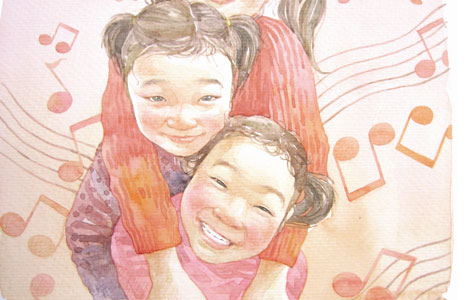
|

|

|

|
Today's Top News
DPRK leader has a baby daughter: Rodman
US: Proven link of Assad to gas attack lacking
Li: China pursues sustainable growth
Trending news across China
China-US military ties deepen
Inflation slows to 2.6% in August
Chinese president arrives in Uzbekistan for visit
Hanas seeks gas partners in US
US Weekly

|

|
